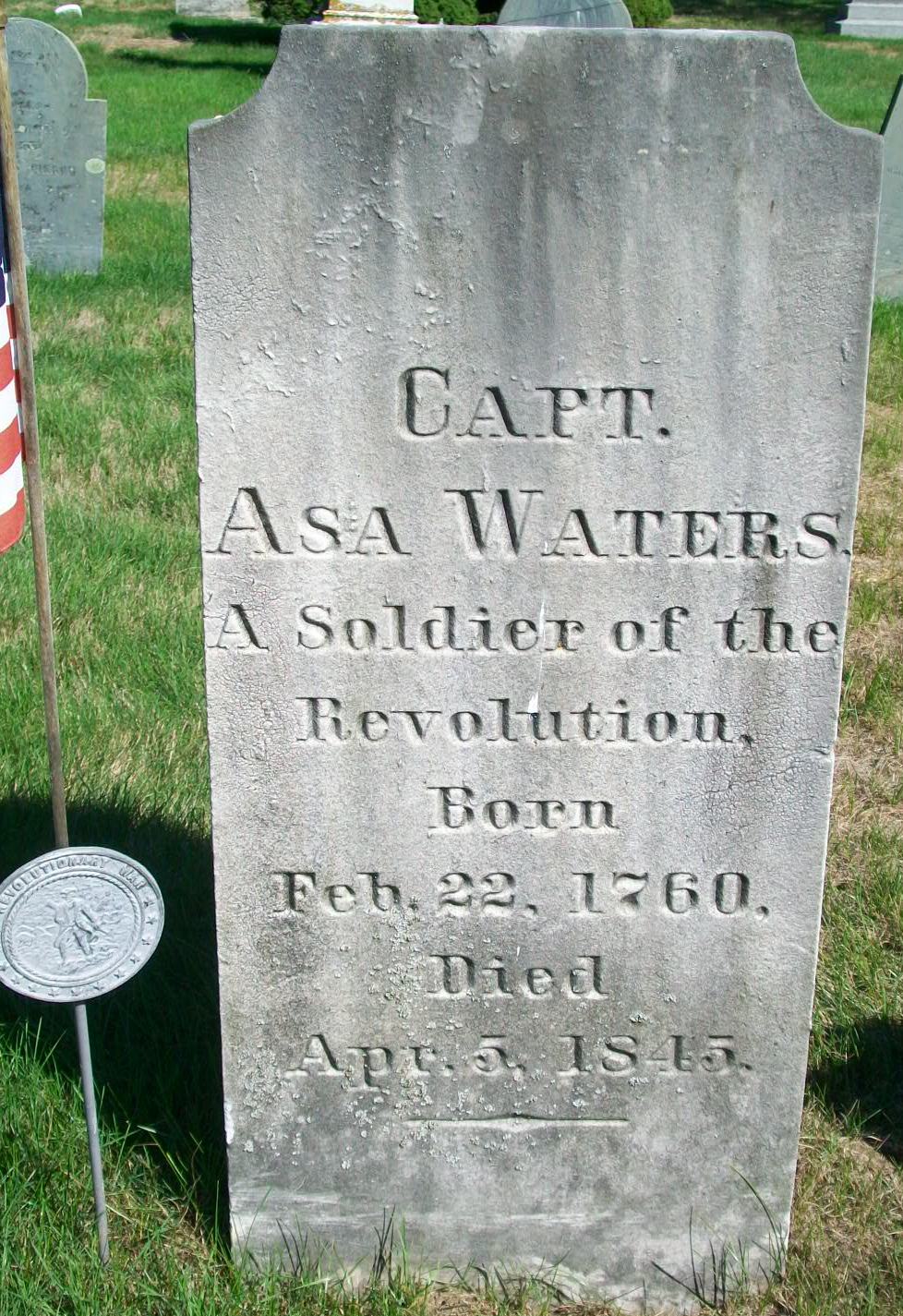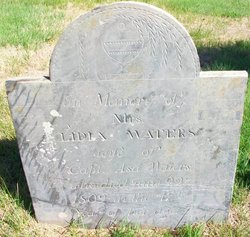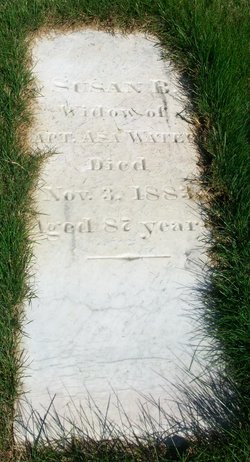



Capt. Asa Waters
(1760-1845)
According to an account he related to his son, Orin, many years later, Asa Waters was sixteen when the war was declared and joined the army at that time. Asa was the second son of Zebulon Waters and Alice Bradford (of the Plymouth Bradfords) and the Zebulon Waters house is still standing on the Sharon side of Bay Road. Asa would also have been distantly related to Deborah Sampson, who lived with Samuel Waters
As a sixteen-year-old Asa helped built the forts on Dorchester Heights. Years later Asa recounts many of the details of their operation which eventually resulted in the British evacuating Boston for New York and “Evacuation Day” is still celebrated as a holiday in Boston on March 17th:.
“We also filled a large number of flour barrels and placed outside our works., headed up, and suitably placed to be tipped over and rolled down the descent which was smooth grass ground and considerable of a fall. This was done to throw the British into confusion and break their ranks in case they should attempt to come up the hill and attack our fort. We also cut down apple trees and drew them to our works with drag ropes.” But the Brits never come up that hill. They get in their ships and head for New York.
Later in the war: “I was then ordered with seven others into a large swamp of maple. white ash, yellow birch, and elm, which we cut and made into charcoal for the use of the army. We had what was called a traveling forge with the regiment, which carried a small bellows, anvil, and tools on wheels to repair gun locks or the like. I worked in the swamp until the 22nd of April, 1780.”
Asa Waters married three times and his third wife, Susan, who was 36 years younger than he, was still collecting his Revolutionary War military pension in the 1880’s one of the last people to be doing so. Susan Shepherd Waters who was thirty-six years younger than Asa, was one of the last people to receive payments from a veterans pension from the Revolutionary War. She was receiving widow’s benefits up to the time of her death in 1883, almost forty years after Asa had died.
Asa's home site can still be seen a as a depression in the ground at the northwest corner of the "new section: of Dry Pond Cemetery. At Dry Pond Cemetery can be seen his gravestone and that of his three wives. His gravestone and that of Lemuel Smith were erected years later by Lucius Clapp.



